Digital vs print: are the days of printed materials numbered?
It’s not that long ago that the majority of information – technical documentation, reports, brochures, books – was produced in print format only. This started to change around the start of the millennium, where we saw a gradual transition from print to online. It makes sense. After all, we’ve all got a device, whether it be a computer, smart phone, tablet or Kindle capable of displaying digital information. And online offers so many benefits…
- It’s easy to search for a specific keyword or phrase.
- You can integrate multimedia – audio and video – to create interactive content.
- Accessibility – your content is accessible to all users.
- Jumping to a relevant section is much faster. You simply click on a link.
- It’s easier to personalise content for a specific case or audience.
- Online content can be kept up to date; there’s no longer the requirement for expensive re-issuing of printed matter.
So presumably the death knell has tolled for printed information? For a while, it seemed that this was the case. However, in recent years, the trend has turned. The sale of paperbacks demonstrates this; around the end of the noughties, publishers feared the death of the paperback. Britons abandoned bookshops at an alarming rate, seduced by e-readers and cheap digital books. But the eBook story turned out to have a twist in the tale.
The purchase of e-readers in the UK peaked in 2014, when a quarter of UK book buyers owned one. Since then sales have fallen. In 2017, sales of physical books increased 4% in the UK, while eBook sales shrank by the same amount. The result of this is that sales of physical paperbacks now outperforms digital titles once again. Glance around a busy train carriage and those passengers who aren’t on their phones are far more likely to have a paperback than a Kindle.
So why the unexpected reversal?
There are various theories. Here’s a couple…
- Studies have shown that readers who read online content are significantly less able to remember what they’ve read than people who read regular printed books or documents. Readers who read print seem to have more empathy and immersion in the content, resulting in better knowledge retention.
The technical explanation for this is that a printed book better supports the processing of the information being read. There are various ideas about why this might be the case, one of which suggests that the movement of turning the pages somehow helps the reader record the information.
This isn’t so much of an issue if you’re providing short answers to specific questions, but it certainly is if you’re trying to explain complex concepts or tell a long story.
- When reading a document or book on a phone or tablet, there is more scope to be distracted by emails or messages that might be received, or the temptation to multi-task, both of which will impact the processing of the information being read.
Which format should I choose?
We’ve seen that online offers considerable benefits, but there are some potential disadvantages to providing information in this format, particularly for lengthy explanations.
So which format should you choose? The answer depends entirely on the information you’re providing, your circumstances and your audience. It’s a case of weighing up the pros and cons of both options.
There’s also a third option you should consider, which is a ‘single source’ project, whereby you can publish to multiple formats – print, online, PDF, etc., from one content source.
Which application will best suit my needs?
Marketing material
Adobe InDesign is the de-facto standard for the creation of brochures, flyers, sales sheets, and so on. Our two-day introductory-level InDesign course teaches you everything you need to start using this application.
Once you have your content in InDesign, you can also publish it as an eBook incorporating audio and video.
Technical documentation and business information
Adobe RoboHelp and MadCap Flare are the two most popular tools for publishing information online in formats that can be read on multiple devices. The output from both is fully indexed and searchable, as well as being ‘responsive’ meaning it will look right whatever device it’s viewed on.
Both applications offer the facility to produce a printed manual or guide too. This isn’t just a printout of the online content – it’s a professional-standard book with front matter such as a table of contents, and back-end with an index, etc. And throughout, you can set up your project so the wording and approach changes depending on the output format; for example, where you have a link in your online content, this can be replaced with ‘see section xxx on page NN’.
For details about the courses we offer in these applications, see Introduction to RoboHelp and Intermediate MadCap Flare respectively.
If you produce a large amount of technical documentation, produced by multiple authors and contributors, possibly in different languages, with a requirement to publish to various output formats, you should consider a ‘structured approach’ using Adobe FrameMaker. This is discussed further in our FrameMaker – Structured or Unstructured? blog post. We offer a range of Adobe FrameMaker courses that teach everything you need to do this.
Whichever option you choose, Armada can help you. If you’d like an informal conversation about the application or approach that best suits your requirements, please contact us.


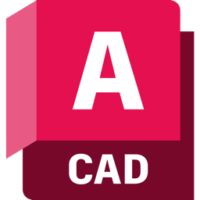
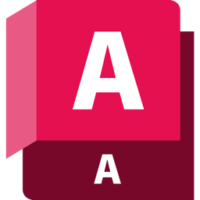




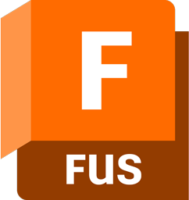


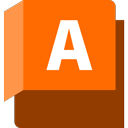
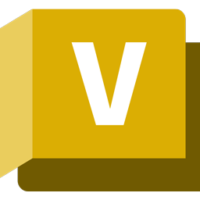

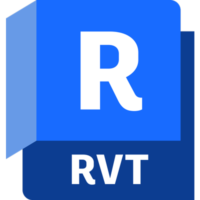

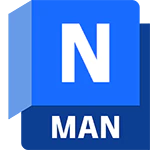
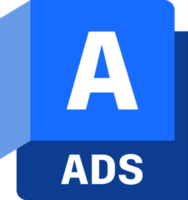

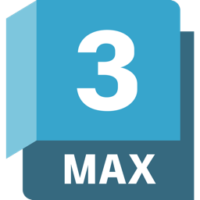
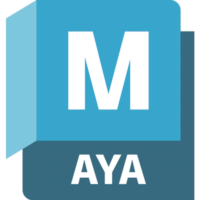


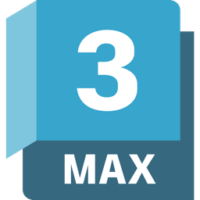


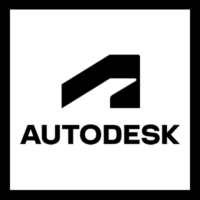
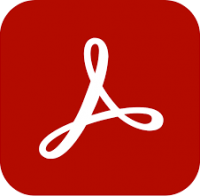


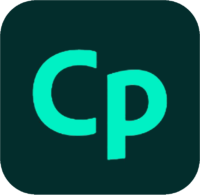
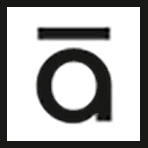
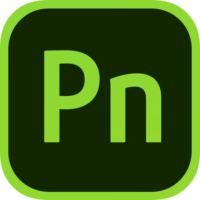
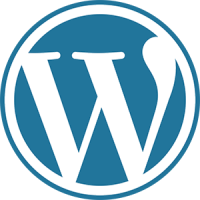
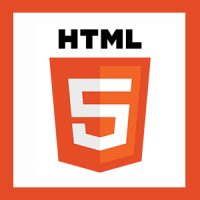




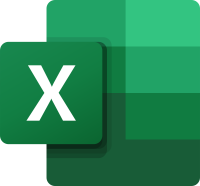
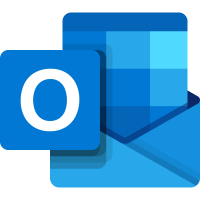
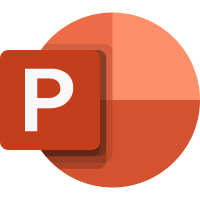
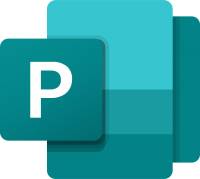
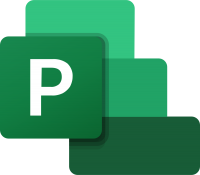
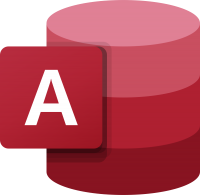
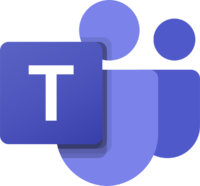
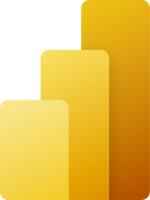
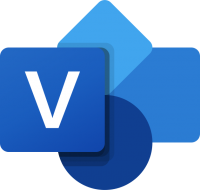

Leave a comment